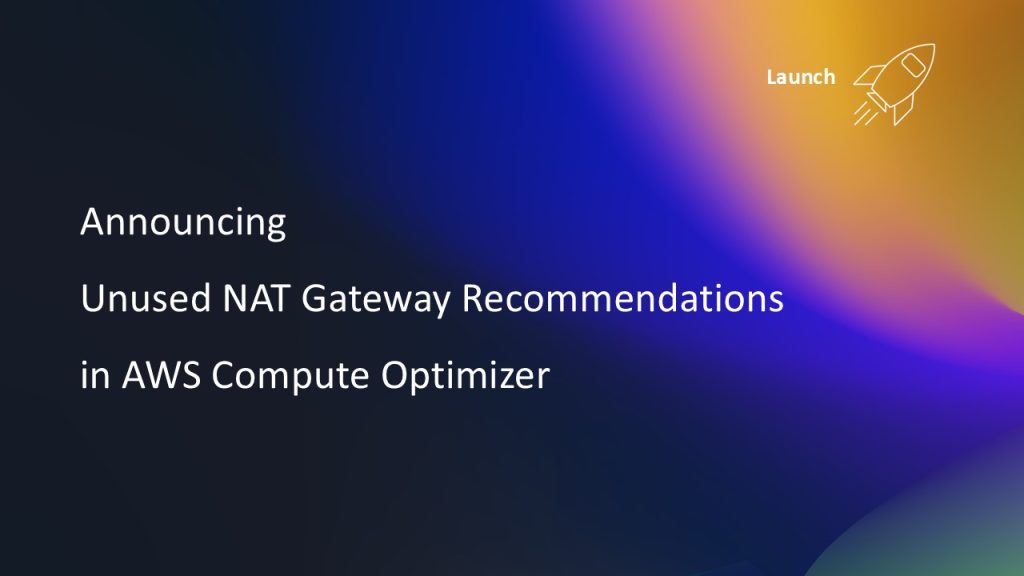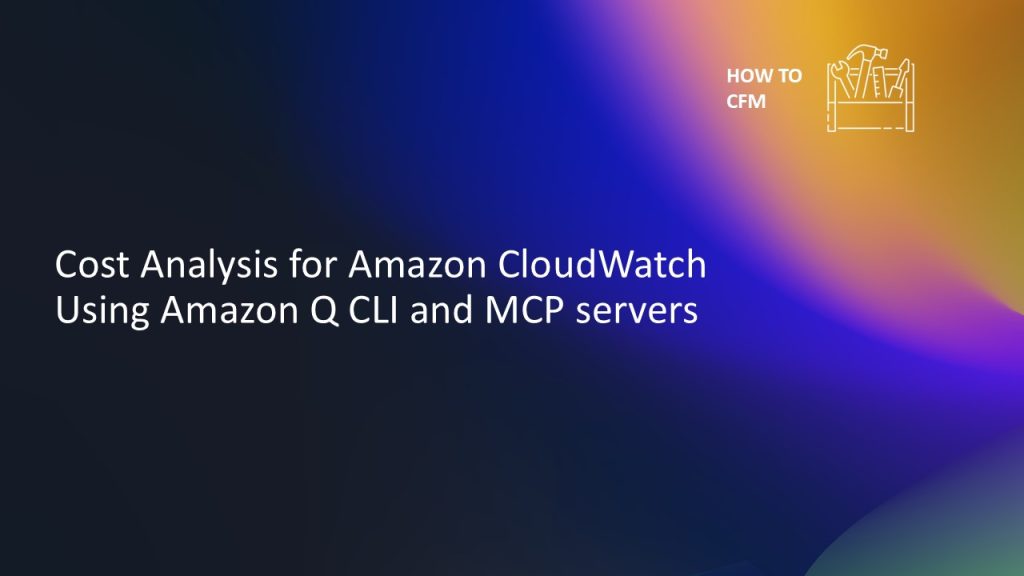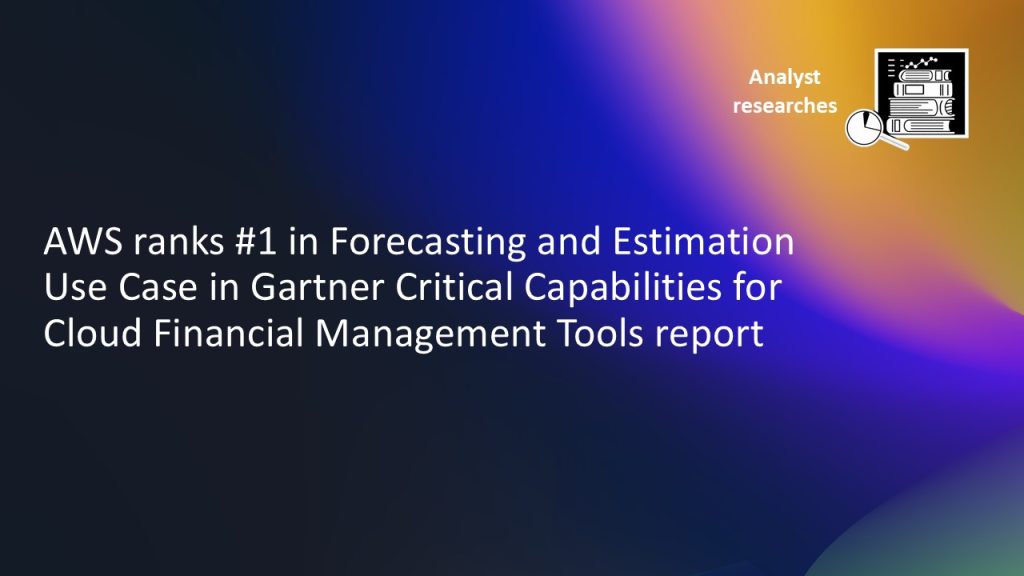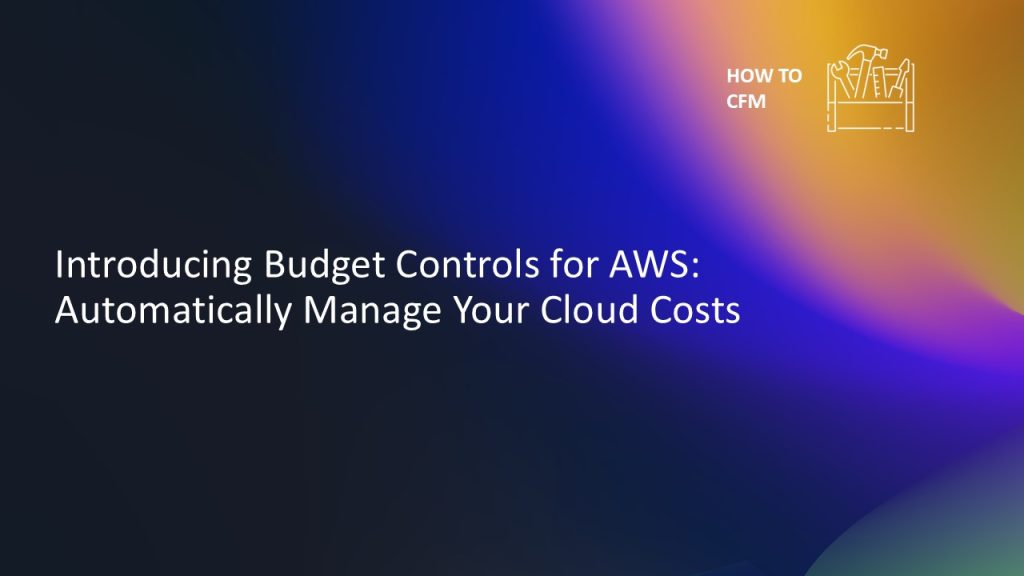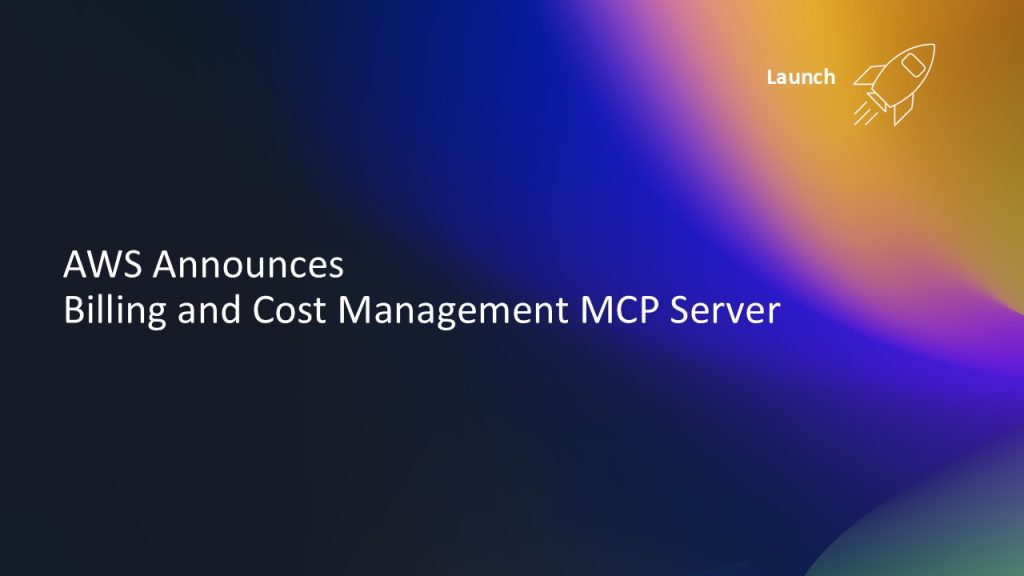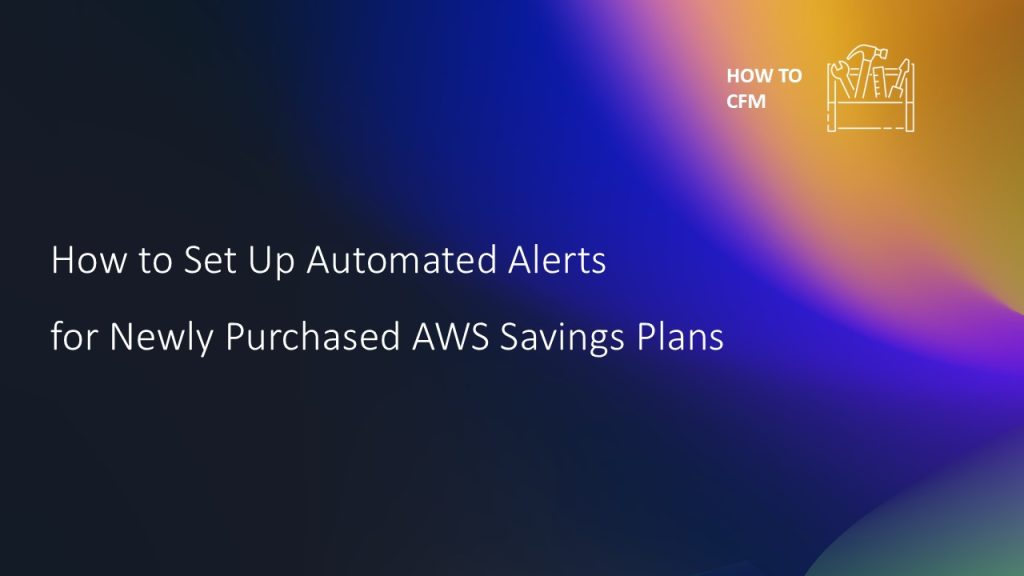AWS Cloud Financial Management
Category: Management Tools
5 ways to use Kiro and Amazon Q to optimize your Infrastructure
It’s Friday morning. You’re expecting an easy day when suddenly—ding—a budget alert hits your inbox. Not only have you been notified, but so has your manager and the FinOps team. Your relaxed Friday just disappeared.
Sound familiar? This scenario happens more often than it should. With Kiro CLI or Amazon Q Developer IDE, AWS’s generative AI-powered assistant, you can prevent these panic-inducing moments while saving significant money. Here are five powerful ways to use AI to optimize your AWS infrastructure which came from a re:Invent 2025 talk: Optimize AWS Costs: Developer Tools and Techniques.
AWS Cloud Financial Management: Key 2025 re:Invent Launches to Transform Your FinOps Practices
Another year has flown by. As we wrap up another exciting AWS re:Invent, I’m excited to share the latest enhancements in AWS Cloud Financial Management (CFM) space. This year’s announcements reflect our commitment to providing comprehensive solutions across the four CFM pillars: track and allocate, govern and operate, forecast and plan, and optimize and save. We’ve also made significant improvements in AI for CFM, which impacts all four CFM pillars.
Announcing Unused NAT Gateway Recommendations in AWS Compute Optimizer
Network infrastructure resources like NAT Gateways represent a substantial portion of cloud spending, yet optimizing these costs presents unique challenges. Unlike compute resources, NAT Gateways often play critical roles in high availability and disaster recovery architectures, making it difficult to confidently identify which ones are truly unused versus those serving as disaster recovery or backup components. Starting today, AWS Compute Optimizer expands its idle resource detection capabilities to include NAT Gateways. Building on our recent launch of idle recommendations for compute, storage, and database resources, you can now identify and clean up unused NAT Gateway resources to drive additional cost savings while maintaining application reliability.
Cost Analysis for Amazon CloudWatch Using Amazon Q CLI and MCP servers
Amazon Q Developer CLI (Amazon Q CLI) with the Model Context Protocol (MCP) for Billing and Cost Management and Amazon CloudWatch enables teams to quickly generate detailed cost analyses, perform deep dives into usage patterns, and receive optimization recommendations through a streamlined interface. Amazon Q CLI with MCP servers simplifies CloudWatch cost analysis. Using natural language prompts, you can identify cost drivers and receive optimization recommendations for your resources. This streamlined approach minimizes manual exploration, enhances financial control, and improves cloud efficiency.
AWS ranks #1 in Forecasting and Estimation Use Case in Gartner Critical Capabilities for Cloud Financial Management Tools report
A cloud vendor’s Cloud Financial Management (CFM) capabilities are crucial for your success in the cloud. Whether you’re planning future investments, optimizing current spending, or allocating costs across your organization, having the right CFM tools makes all the difference. AWS is proud to be recognized with the 1st place in forecasting and estimation use case, and top 3 in driving cost efficiency use case and promotion accountability use case in the latest 2025 Gartner Critical Capabilities for Cloud Financial Management Tools research.
Your Ultimate Guide to Cloud Financial Management sessions at re:Invent 2025: Know Before You Go
Are you ready to maximize your Cloud Financial Management (CFM) learning and networking time at re:Invent 2025? As usual, I’ve put together this comprehensive guide to help you plan your schedule and make the most of the CFM sessions available this year. This year’s catalog features an exciting mix of content across different formats: from breakout, chalk talks, workshops, builder’s sessions, to code talks.
Introducing Budget Controls for AWS: Automatically Manage Your Cloud Costs
If you are new to AWS, you may be wondering how you can learn and experiment with cloud services while keeping your spend under your control. Budget Controls for AWS is an open-source solution designed to solve this problem. This solution was designed for customers new to AWS with no prior experience. It automatically watches your spending and takes actions you define when costs reach certain thresholds. Think of it as a safety net that can send you alerts, temporarily stop resources, or even delete them to prevent runaway costs.
AWS Announces Billing and Cost Management MCP Server
Introduction Unlocking FinOps capabilities for modern cloud teams just got simpler with the introduction of the AWS Billing and Cost Management Model Context Protocol (MCP) server, which makes advanced cost analysis and optimization features directly available to your favorite AI assistant or chatbot. By integrating natural language queries, secure local credentials, and real-time access to […]
How to Set Up Automated Alerts for Newly Purchased AWS Savings Plans
As organizations expand, FinOps teams require a comprehensive overview of AWS Savings Plans commitments to maximize utilization efficiency. This solution involves implementing monitoring systems and automated alerts to identify underutilized Savings Plans within the eligible return period. In this blog post, we provide AWS CloudFormation templates that create AWS Step Functions state machine, Amazon Simple Notification Service (SNS) topic, Amazon EventBridge scheduler, and necessary AWS Identity and Access Management (IAM) roles to automate the monitoring of newly purchased Savings Plans and highlight those that are underutilized.
Optimize Your AWS Spend with New Cost Savings Features in AWS Trusted Advisor
In response to customer requests for a more consistent cost savings experience and broader set of recommendations, AWS Trusted Advisor is expanding its capabilities. We’re excited to announce the integration of 16 new checks from AWS Cost Optimization Hub into Trusted Advisor. This significant update provides more actionable insights to help you optimize your AWS spend.


